-
Posts
27,834 -
Joined
-
Last visited
-
Days Won
347
Content Type
Profiles
Forums
Events
Posts posted by robcat2075
-
-
On 5/9/2022 at 6:52 PM, robcat2075 said:
53 seconds!
Steve @Shelton has gifted me with a fabulous new computer to further my A:M computing. Thank you, Steve!
At the very top of this thread, in 2009, that benchmark scene was taking 19 minutes and 59 seconds to render.
Now it's less than 1 minute!
I forgot the specs...
version: v19.5 (beta)
render time: 0:53
CPU Brand and model: Intel i7-12700K
Actual CPU speed in GHz: about 4.8GHz in this render
how many cores A:M is using: probably just one although CPU has 12
RAM: 32 GB!
OS: Windows 10
Computer also has a 500 GB NVMe SSD for the C : drive -
Time to walk the horse.
-
trying to get the right level of wetness...
5-500-25-90
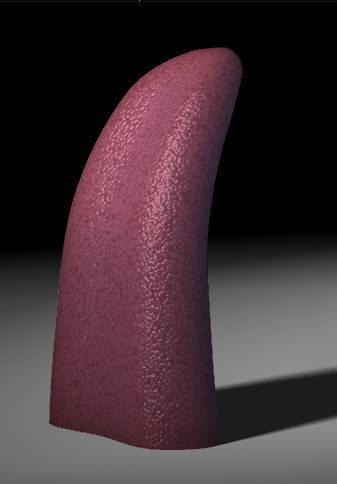
1-500-25-90
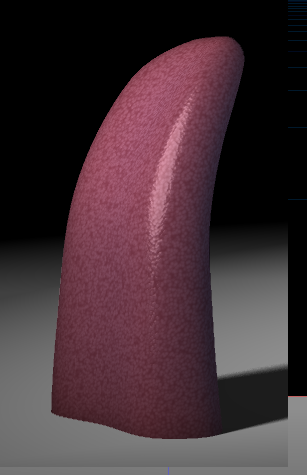
-
Tongue wagging...
-
 1
1
-
-
-
Someday they'll hit the big time.
-
The probably got more people looking for the old boobs than if they had left them unaltered.
-
1 hour ago, Madfox said:
Although I import the avi in the image file and it is seen as movie file, the choreography just loads the first frame and then freezes.
What codec is the AVI in?
Since you are importing this movie into A:M, making it an image sequence instead of an AVI would be far better.
-
The artifacts are always about the same size in pixels no matter what res is rendered...
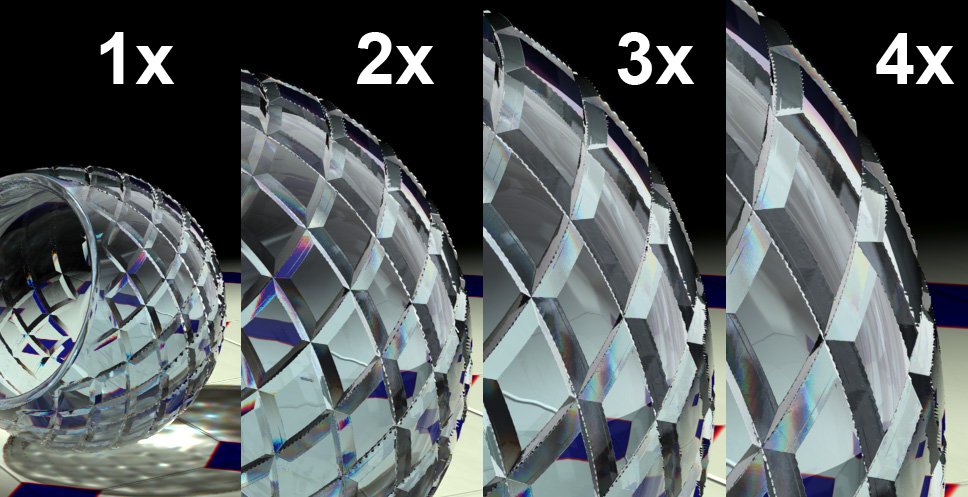 +
+
Here is a comparison of rendering at 1x versus 2x, 3x and 4x, then re-shrunk down...
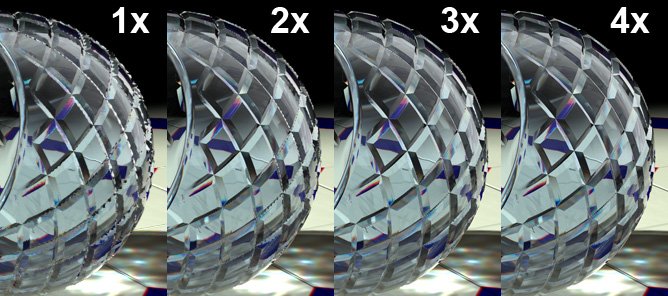
2x or 3 x might be good enough for many animation purposes but you have to go to 4x to really iron them out.
-
I think this was our first glimpse of home computer ray-tracing in 1986 and then we got "Sculpt 3D" the next year...
-
 1
1
-
-
This was rendered at 4x res... 2560x1920... 3 hours 46 min!
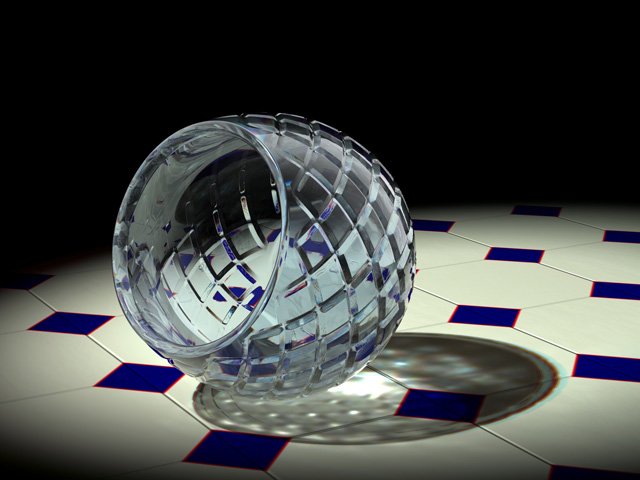
-
 1
1
-
-
I wonder if the 1974 reel got them much work. Even though it's cutting edge for CG at the time it still falls way short of what traditional methods could have done for advertising eye-candy .
The '80 and '84 reels look more competitive.
I spotted Chris Wedge's name in the credits. He would later go on to found Blue Sky studios. I went to a talk he gave where he spoke of working on "Tron" and how all the modeling and animation was done by typing in code on punch cards. There was no GUI to it as we have today or even as we would have in the later 80s on our AMIGAs
And Ken Perlin... of "Perlin" textures fame. They seem to be demonstrating one at 2:11 in the '84 reel.
-
Rendering at 3x the res and then shrinking down in Photoshop reduces the jaggy artifacts that show up in the crevices. I'm not sure what causes them.
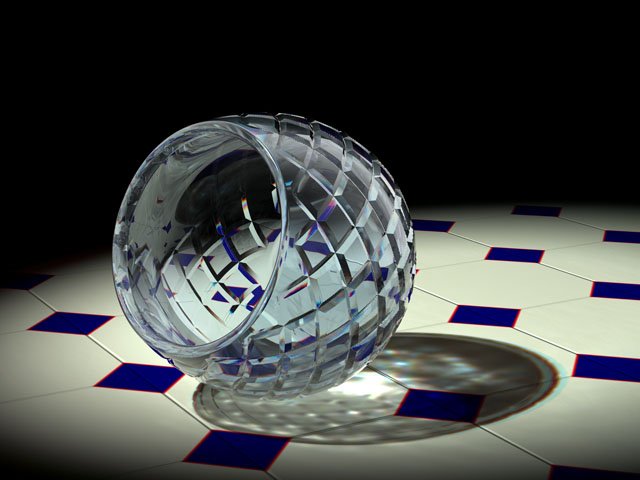
-
Reducing the width of the light creates sharper colors.
Above was 30cm. This is 0.1 cm...
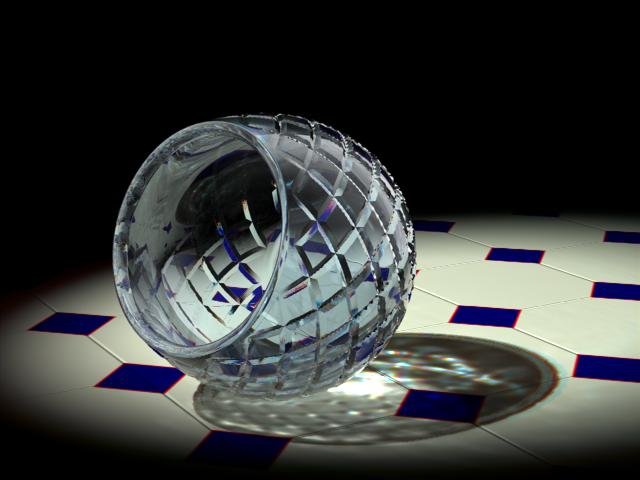
-
 1
1
-
-
Revised color curves give slightly more colorful prismatic dispersion...
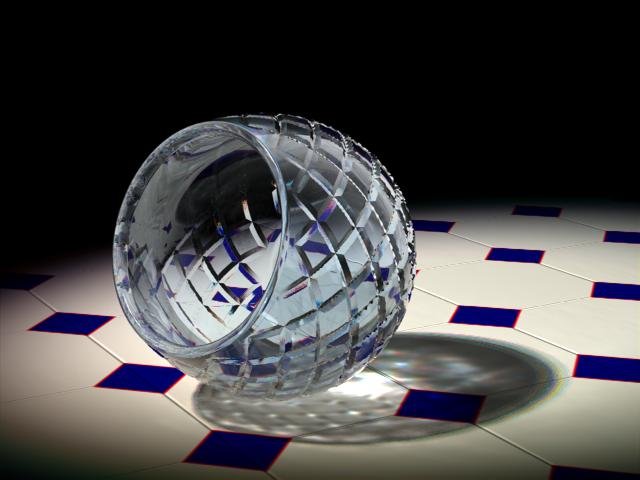
-
53 seconds!
Steve @Shelton has gifted me with a fabulous new computer to further my A:M computing. Thank you, Steve!
At the very top of this thread, in 2009, that benchmark scene was taking 19 minutes and 59 seconds to render.
Now it's less than 1 minute!
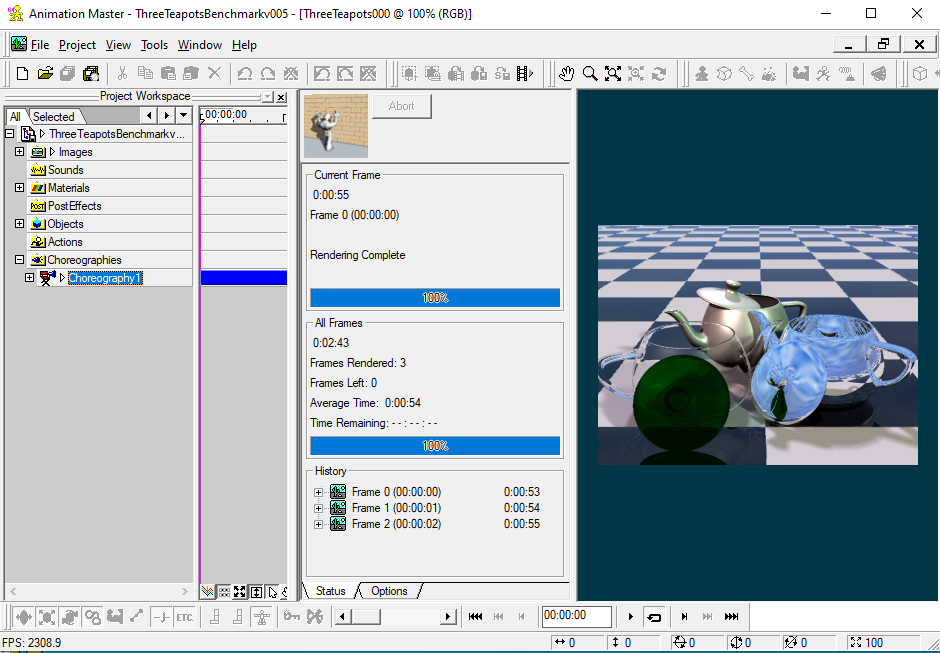
-
2 hours ago, CaptBobo said:
Thank you @robcat2075! At one point you were getting some sort of beginners class together (this is going back several years ago). Anything come out of that?
I'm afraid the class had too many real-life things impeding their progress so we had to give it up.

I might try again in the future if there is interest.
-
Welcome back to A:M @CaptBobo !
-
Any good news on this?
-
new render
-
 1
1
-
-
Here are Yves' Photon Mapping tutorials for A:M users who want to get started with "radiosity"...
https://forums.hash.com/topic/50594-yves-radiosityphoton-mapping-pages/
-
Quote
I seem to remember Yves writing that radiosity only works in small enclosed spaces.
Radiosity is for mostly enclosed interiors but scale should not be the problem
Here is an image from Yves' radiosity tutorial page...

The lightness/darkness/contrast result is all adjustable.
The strategy for success is not requiring that what works for exterior lighting is what has to be used for interiors and vice-versa.
On 4/30/2022 at 7:47 PM, R Reynolds said:What I'm going for is a universal lighting setup so the camera can show a character sitting inside the car looking out as the train pulls into the station. Then, in a continuous move, the camera can follow that character as he gets off and walks along the platform with all intensities being believable.
A universal light set up that satisfies that need probably isn't possible to do unless the huge difference between "outside" and "inside" is what is wanted. They don't do it in live-action Hollywood movies and they don't do it in animation studios.
I can't think of a Hollywood live-action film that does such a shot without substantial trickery. When you see the outside from the inside in a movie it is rarely real. It is usually either rear-projected or green-screened or a model or a painting that has been placed outside the window of the in-studio "set".
When they can't shoot in a studio and real daylight outdoors has to be seen through a real window they typically have giant sheets of grey film they put outside the window to darken the outside view to mate with interior lighting they do inside.In studio animation they design lighting for each shot individually and only after it has been finaled on the animation. Back in the 20 'oughts one of our forum members was working at DNA studios on "Ant Bully" and he gave me a tour of the studio. Everything the animators had to work with was in gray. No lighting or texturing was done until the shot was finished.
If I had to do a shot such as you describe I might render one pass lit for the outside with AO, with the train interior all-black...
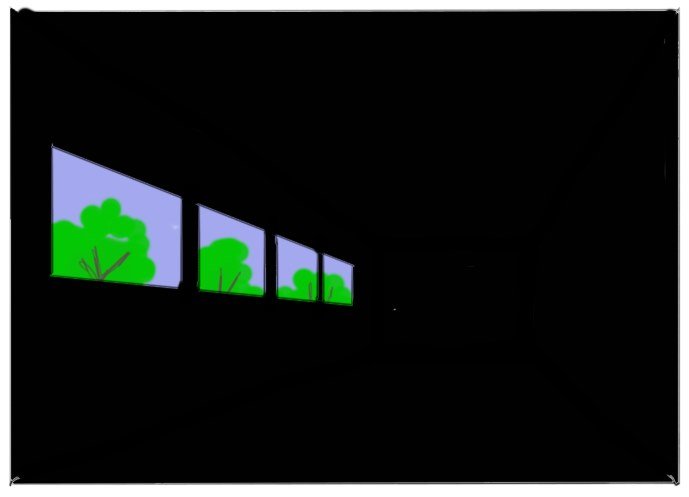
Another pass lit for the interior lit with radiosity or bright AO, with the outside all black...

And composite the two together...
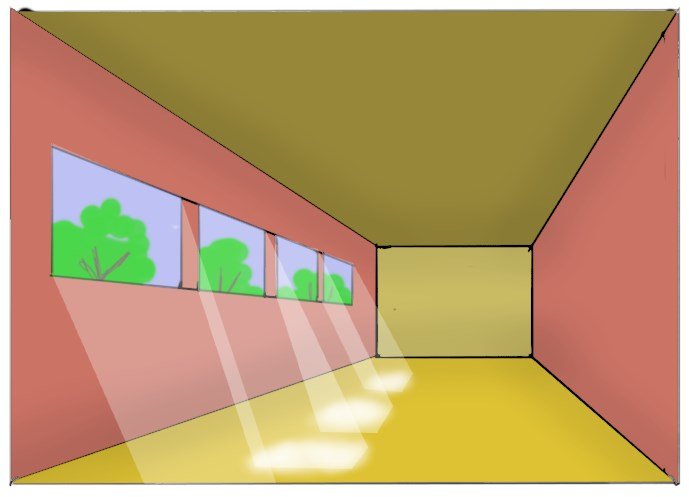
There would be other ways to do it and get a good result without needing the radiosity.
-
BTW, if you want to talk A:M live we have Live Answer Time every Saturday.
-
I'm afraid I never got used to using it.
If someone else messaged me it was an interruption to whatever I was doing in A:M and i felt bad about always saying, "I can't chat right now".
I like interacting on the forum.










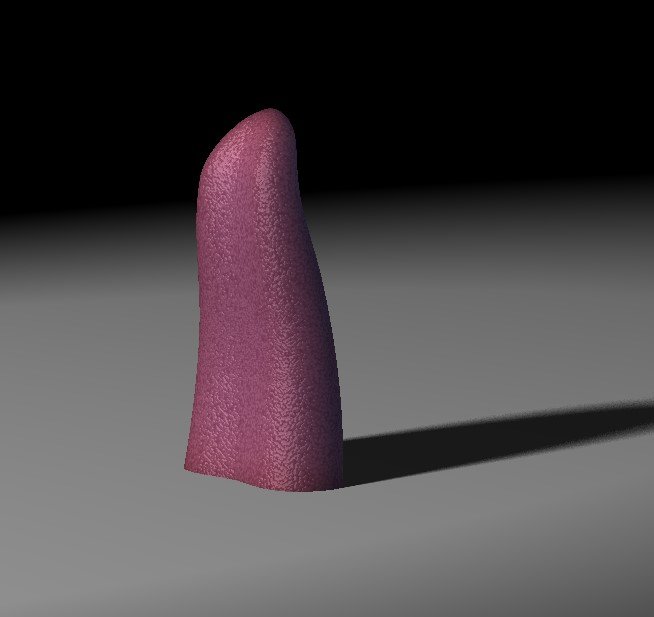
Pancake printer?
in Off Topic
Posted
I'm not sure it qualifies as a "3D" since the output is still ... flat as a pancake.
I wonder how many hours it takes to print out one astronaut cake.
PancakeBot 2.0: 3d Pancake Food Printer
https://www.amazon.com/PancakeBot-2-0-PNKB01BK2-Pancake-Printer/dp/B01MTKXXQJ